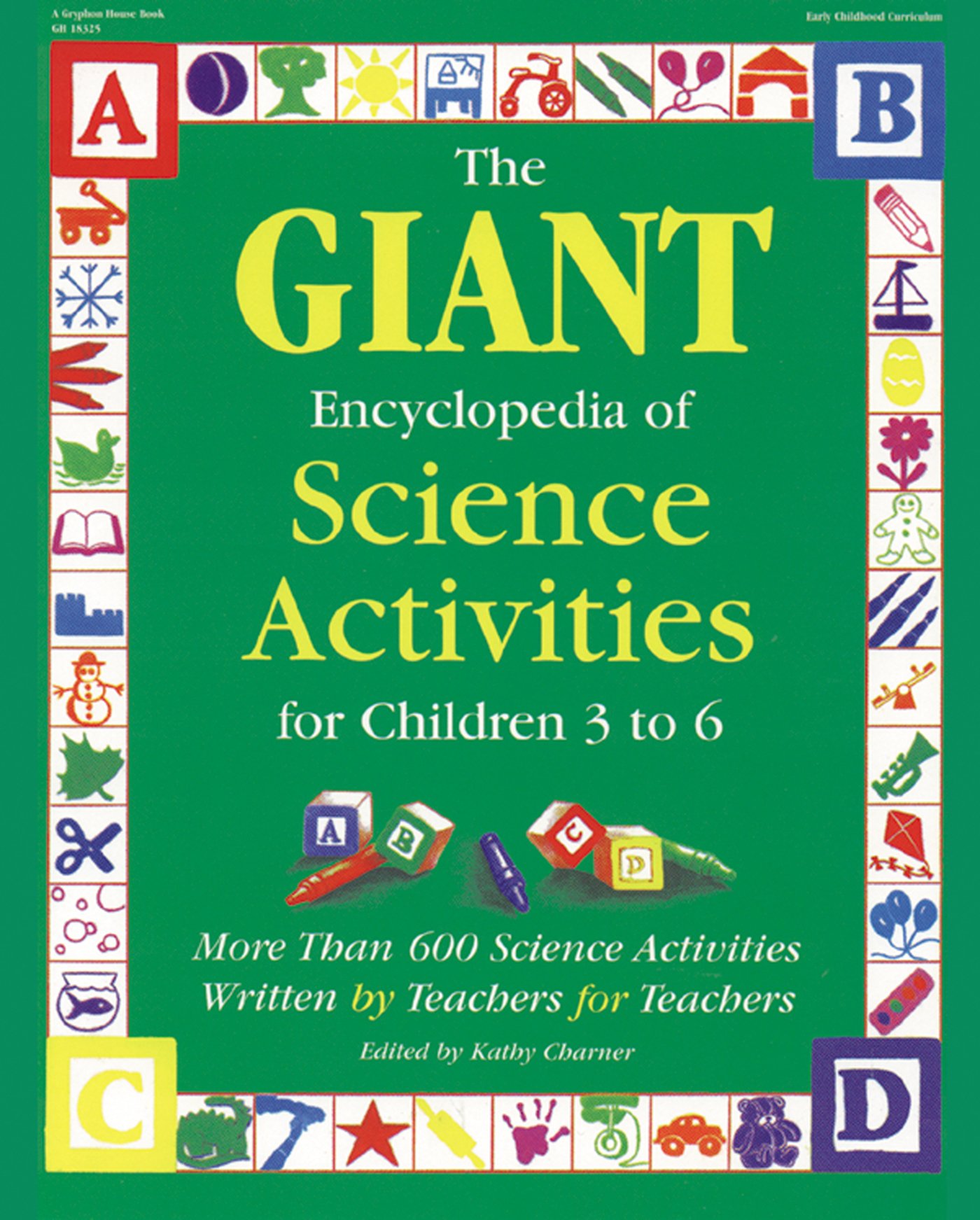Activities/Instructions:
Day 1. Help the children cut triangles from yellow construction paper. Each child needs four. Using a piece of dark blue paper, each child will paste his triangles together to make two stars on the blue sky. The teacher cuts a large star from yellow poster board for each child, and writes each name in glue. The children sprinkle glitter over the glue. The teacher punches a hole in the top of the star and puts yellow yarn through the hole to make
necklaces for each child.
Day 2. Put yellow tempera paint on plates or in small pans. Using star and moon sponges or cookie cutters, each child paints on dark blue paper. The paper may be titled We're Off to Outer Space. Each child can add rocket or spaceship stickers.
Day 3. Make rocket ships. Give each child two pieces of manila paper cut to fit around a toilet paper tube and a paper towel tube. The children can use markers or crayons to decorate each of their rockets, and to draw windows and doors. The teacher tapes the paper around the tubes, and the children add flag stickers to each rocket. The teacher tapes an empty plastic cup to the top of each rocket for the capsule. The teacher also cuts small triangles of yellow poster board and tapes them to the bottoms of the tubes in three places to allow the rockets to stand upright.
Day 4. The children draw a cluster of stars on light-colored construction paper using a white crayon or candle. The children use black tempera paint, watered down, to do a wash over the paper. As it dries, the stars become visible.
Day 5. Give each child a large piece of manila paper. Then help them cut different colors and sizes of circles, squares and rectangles. The children paste the shapes together to make robots. Now working in small groups of two or three, the children use the felt pieces to decorate their robots, at a table or on the floor.
Day 6. The teacher tapes pieces of manila paper on the underside of a table, one at a time, for each child. Taking turns, the children lie on their backs under the table and color on the paper with crayons. When complete, each child's paper is labeled "Upside Down Drawing." We talk about the astronauts having to work over their heads and how tools and other objects float where there is no gravity. By discussing how it felt to lie on their backs to color, we get a sense of how the astronauts feel during weightlessness.
Day 7. The teacher gives each child a large circle cut from yellow poster board. The children brush glue all over the circles, and tear yellow tissue paper to cover the circle. When the circles are dry, the children may cut in from the other edges, fringing around the edge to make the sun's rays.
More to do:
Dramatic play: Pretend to be astronauts going to the moon. Each child finds a spot on the floor to be his spaceship. Climb into them, buckle up and blast off. When you arrive in outer space, go outside for a space walk, dodge a meteor shower and float around in space. When you are done with your walk, pull yourselves back to your spaceships and prepare to return to Earth.
Math: Cut different-sized stars from yellow paper and let the children take turns ordering them by size.
More science: Look at pictures of the Space Shuttle, spaceships and rockets. Talk about what is the same and what is different about each space vehicle. Look at pictures of what the people who go into space have to wear and discuss how it is different from what we wear. The U.S. Space Center in Huntsville, Alabama is an excellent source for material for all ages of children, and supplies free resources to teachers.
Materials:
- Construction paper: yellow, dark blue, manila, red, green, white, black, orange, purple
- Yellow poster board
- Silver glitter
- Glue
- Yellow yarn
- Single-hole paper punch
- Yellow and black tempera paint
- Moon and star-shaped sponges or cookie cutters
- Plates or small pans
- Stickers of spaceships, stars, American flags
- Empty toilet paper and paper towel tubes
- Scotch tape
- Markers and crayons in all colors
- Empty small plastic cups
- White crayon or candle
- Felt, as many colors as you like, cut into circles, rectangles and squares of varying size
- Yellow tissue paper
- Pictures of the Space Shuttle, rockets and astronauts
